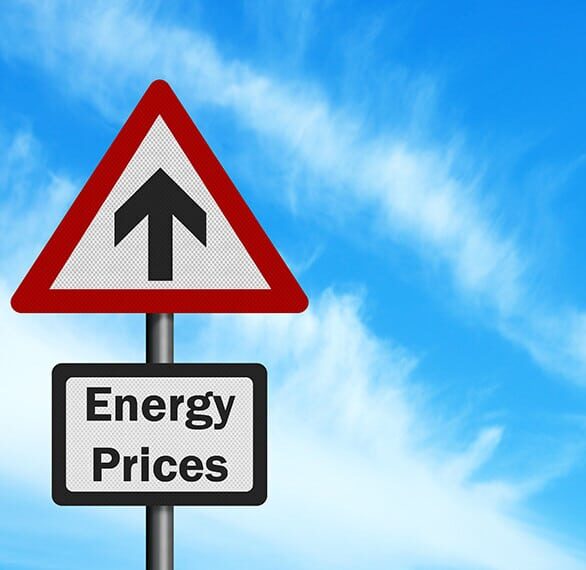From 1978 to now – what history tells us about future bills.
From 1978 to today, history tells us a lot about the future of our energy bills. Looking at the cost of natural gas and the cost of electricity over nearly five decades shows a clear trend: energy costs are rising steadily, and that increase isn’t slowing down anytime soon.
To fully understand the real cost of energy, we need to go back in time. Remember when President Carter installed solar panels on the White House roof in 1979? Our cost charts actually start one year earlier to 1978 to track the cost of electrical and cost of natural gas.
Looking Back at the Cost of Natural Gas
The cost of natural gas from 1978-2025 tells an important story. Natural gas is the largest of the fossil fuels used to heat homes in the US. The other two majors are propane and fuel oil, though their story is even more expensive.
Natural gas does more than just heat home, it also is used to power turbines that produce electricity in the US and across the world which adds another layer to the rising cost of electricity.
Will natural gas rise or fall?
The truth is that while prices may dip temporarily due to seasonal supply or storage levels, the overall trajectory based on historical trends, it continues upward.
Why are natural gas prices rising?
The answer comes down to demand, production, and global pressures. Natural gas as you can see is the most widely used heating fuel in the U.S. And as new sectors like data centers and global markets compete for supply, the result is higher energy costs for everyday families.

Now It’s Electricity’s Turn, Electricity Prices From 1978 to 2025
Just like natural gas, the cost of electricity has increased steadily since 1978. Electricity powers nearly every aspect of modern life; from heating and cooling to charging phones and running factories.
The data shows that the rising cost of electricity has accelerated especially after 2020. Several factors drive this trend: infrastructure upgrades, the shift from coal to cleaner fuels, and the growing demand from technology sectors like AI and cryptocurrency mining. When these costs stack up, the average cost of utility bills climbs right with them.
When you combine the cost of natural gas and the cost of electricity; these are the two major sources of energy to heat, cool, and power homes, the numbers reveal a powerful trend. Between 1978 and 2025, the average increase in energy cost is about 6.75% per year. With both major sources on an upward path, it’s clear that energy costs rising is not just a short-term issue, but a long-term economic challenge. This plays a very important factor in our financial calculation graphs coming in later articles.

The Upward Trajectory After 2020
The other fact to take away is what has happened on both graphs after the year 2020. Both the cost of natural gas and the cost of electricity are on a significant upward trajectory.
This rising cost of energy in particular has been fueled by global market disruptions, supply chain issues, and the increasing demand from high-energy-use industries. Pair that with the steady increase in energy costs for natural gas, and the result is a significant financial strain on consumers.
The next part of this series will explore the new competitors driving even greater demand for energy power: AI and Crypto Data Centers.
